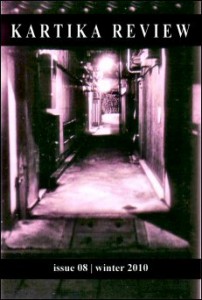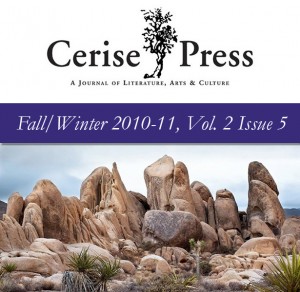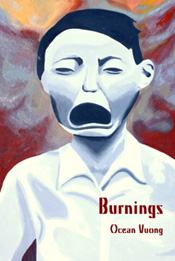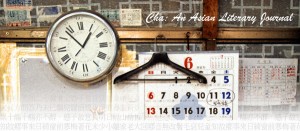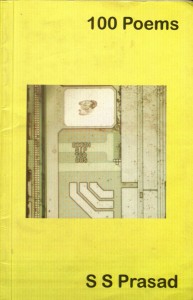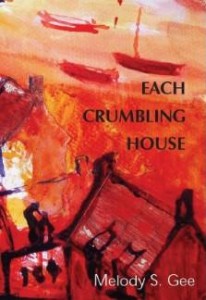 Mouth by Lisa Chen | Kaya Press 2007 | $13.95
Mouth by Lisa Chen | Kaya Press 2007 | $13.95
The cover image of this square-shaped book previews the poems well. It’s a photo of a brick tenement bombed with graffiti wildstyles in suburban browns and blues. One letter’s tail stretches generously through a sill in the wall to become a finger flipping us off. Someone has abandoned a road bike in front of the wall and a plain plank laid out like a welcome mat. Reading these poems is an experience of urban ekstasis, an out-of-body splash of sight that stops the pedestrian reader. Lisa Chen sprays up the walls of poetry to show where our grammar and vision have gone dry.
What a wonder it is to see the world through Chen’s language! We see a “face filling the night like a bare back / Turned away from you in sleep.” The look on another’s “as I leave is a porch light left burning at dawn.” And a woman whose “English isn’t so good. Slang, her mouth the color of turned salmon.” Chen writes in “Translators’ Apologia,” “I have tried to approximate a sea with a stream of piss” and that approximation itself opens an astonishingly vivid world. Her phrases seize with naked incisions.
The collection’s tone is set in the opening title poem, “Mouth.” The speaker is in a situation, literally and figuratively, “where [she doesn’t] speak the language.” The spoken word is stifled yet emergent, gritty and gnarled, as we see variously in lines like: “cocktail boozer slurring the voila delirious,” “the shill slag of bad guitar and motel ashtrays,” and “the sloe-eyed, two-fisted mouth” among others. The speaker resorts to body language, “hands thrust in the air / in grim universal gestures” which translates here to bartering at the market, a game of demonstrating desire and the ability to walk away.
Continue reading “Review: Lisa Chen’s MOUTH”
